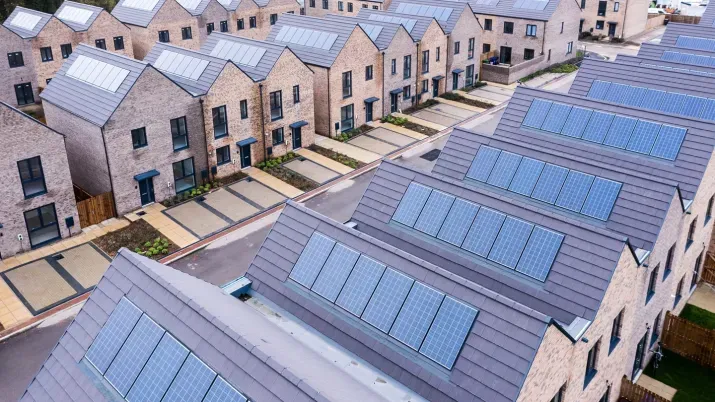Record Inflows Give New Energy to US Bond Market
TwentyFour
While the European bond market was setting records last week, the US market has also begun 2020 with a flurry of transactions backed up by record inflows.
US high yield has picked up where it left off in 2019; high yield corporate bond issuance in December totaled $19.6bn, with full-year issuance of around $270bn up a whopping 67% from 2018. As of January 8 high yield issuance had already reached $7.6bn, the majority of which has come from the energy sector, where issuers have taken advantage of a spike higher in WTI crude prices stemming from the tensions in the Middle East.
Investment grade issuance, meanwhile, totaled around $19bn for December 2019, and while full-year 2019 issuance of $1.1tr was actually down 3% on the previous year, issuers have been making up for lost time in 2020 with a staggering $68.8bn of investment grade US corporate bonds printed as of January 8.
This healthy start to the year points to an incredible amount of pent-up demand despite the geopolitical concerns we have witnessed in recent days, and the supply has been supported by record inflows. Investors poured some $8.19bn into US investment grade funds for the weekly period ended January 8, according to data compiled by Refinitiv Lipper, handsomely beating the previous record of $6.9bn. US high yield funds also recorded a healthy $1.12bn of inflows over the week.
Similar to the issuance we have seen in the European fixed income markets, the majority of the deals have been performing very well and have been oversubscribed, resulting in tighter pricing – healthy for borrowers looking to take advantage of the historically low spreads found across US markets (save for CCC credits, where spreads have lagged in comparison).
Where is all the cash coming from? One important factor could be the amount of projected coupon redemptions that investors need to reinvest in January, which according to Barclays research is anticipated to be in the region of $5.9bn for high yield and $16.5bn for investment grade over the month of January.
Another factor to consider given the overwhelming interest in investment grade could be the desire of investors to remain in the higher quality part of capital structures. Given the lower yields available at the beginning of 2020, we believe one of the key strategies for protecting returns this year will be to manage volatility efficiently, and preferring higher credit quality is one of the tools investors have for tacking volatility (other tools include maintaining a balanced and diversified portfolio and a lower duration posture). We also shouldn’t rule out the IG inflows being driven partly by the Middle East tensions, which could also have pushed many investors towards higher credit quality.
In summary, US issuers have refused to be outdone by their European counterparts this year, and while such high levels of supply inevitably lead to worries about market indigestion, in the US we are also seeing a healthy amount of demand to match.







